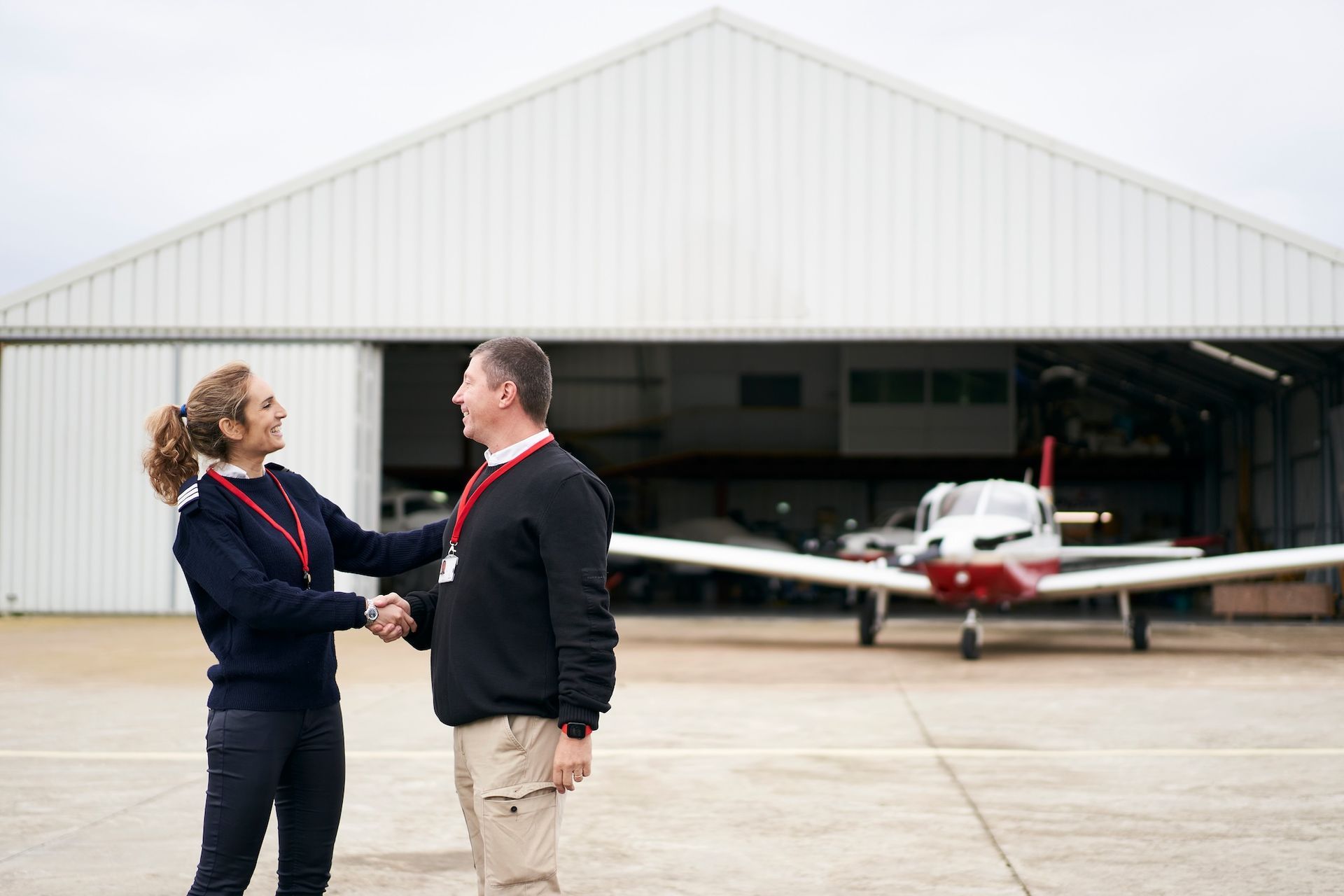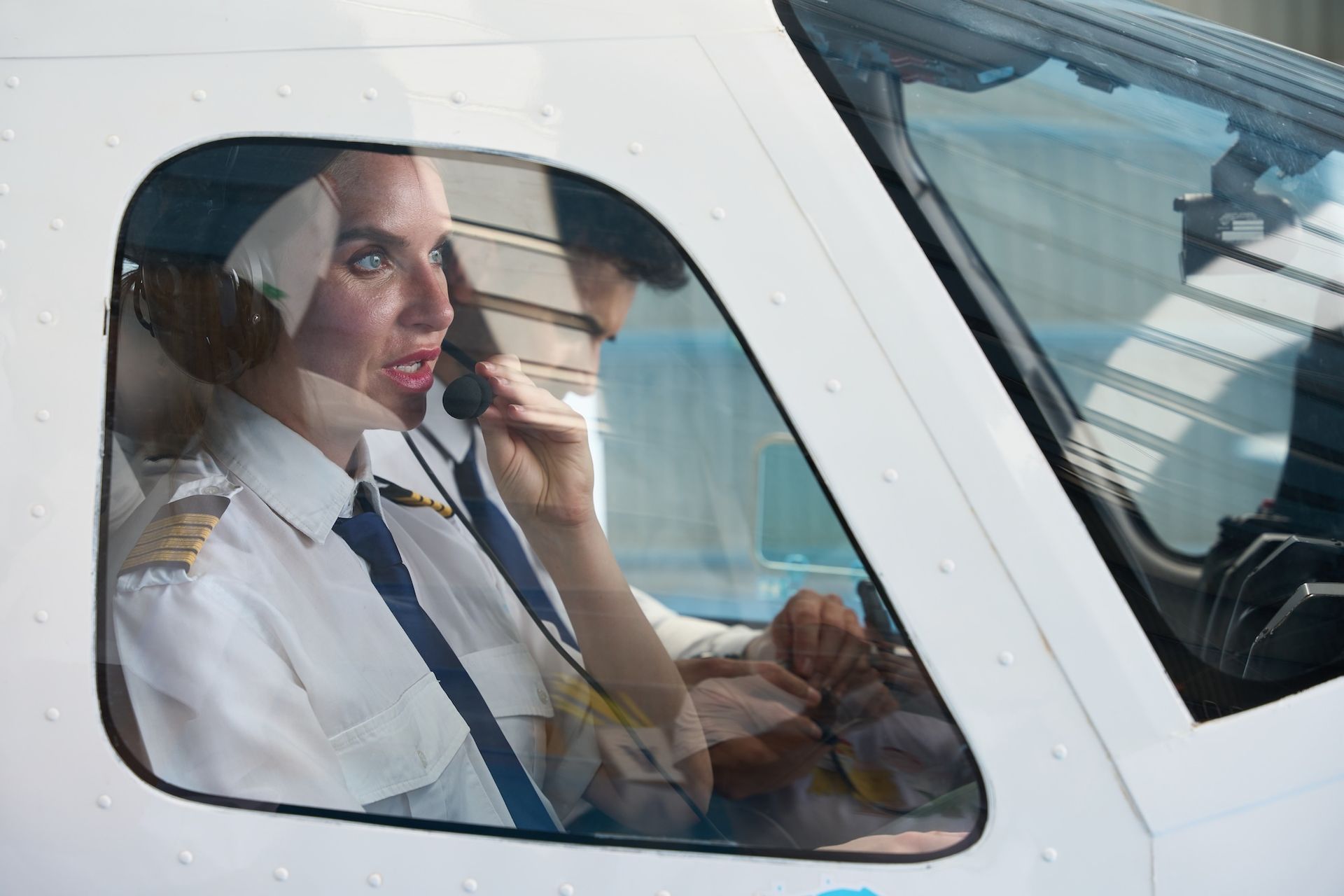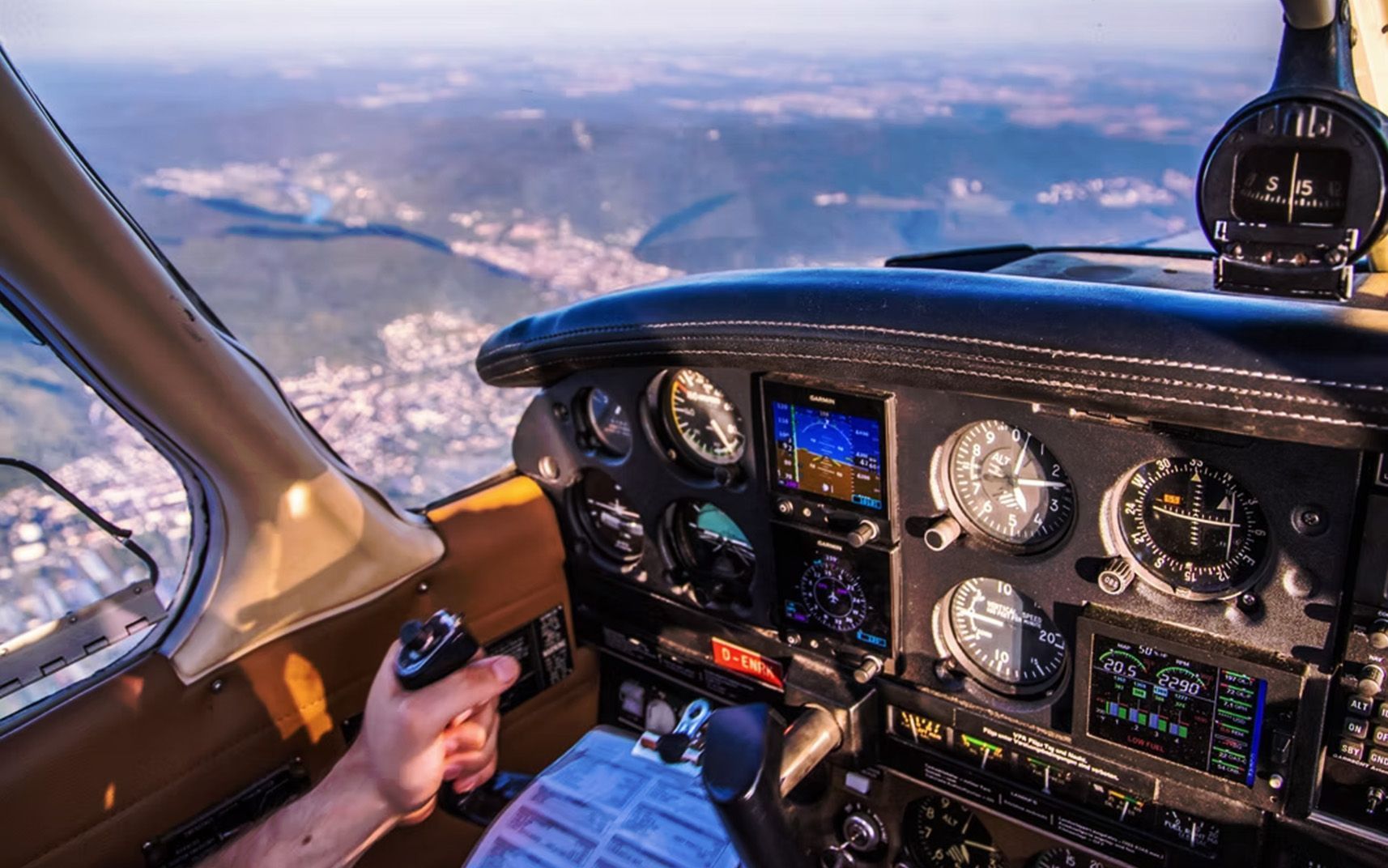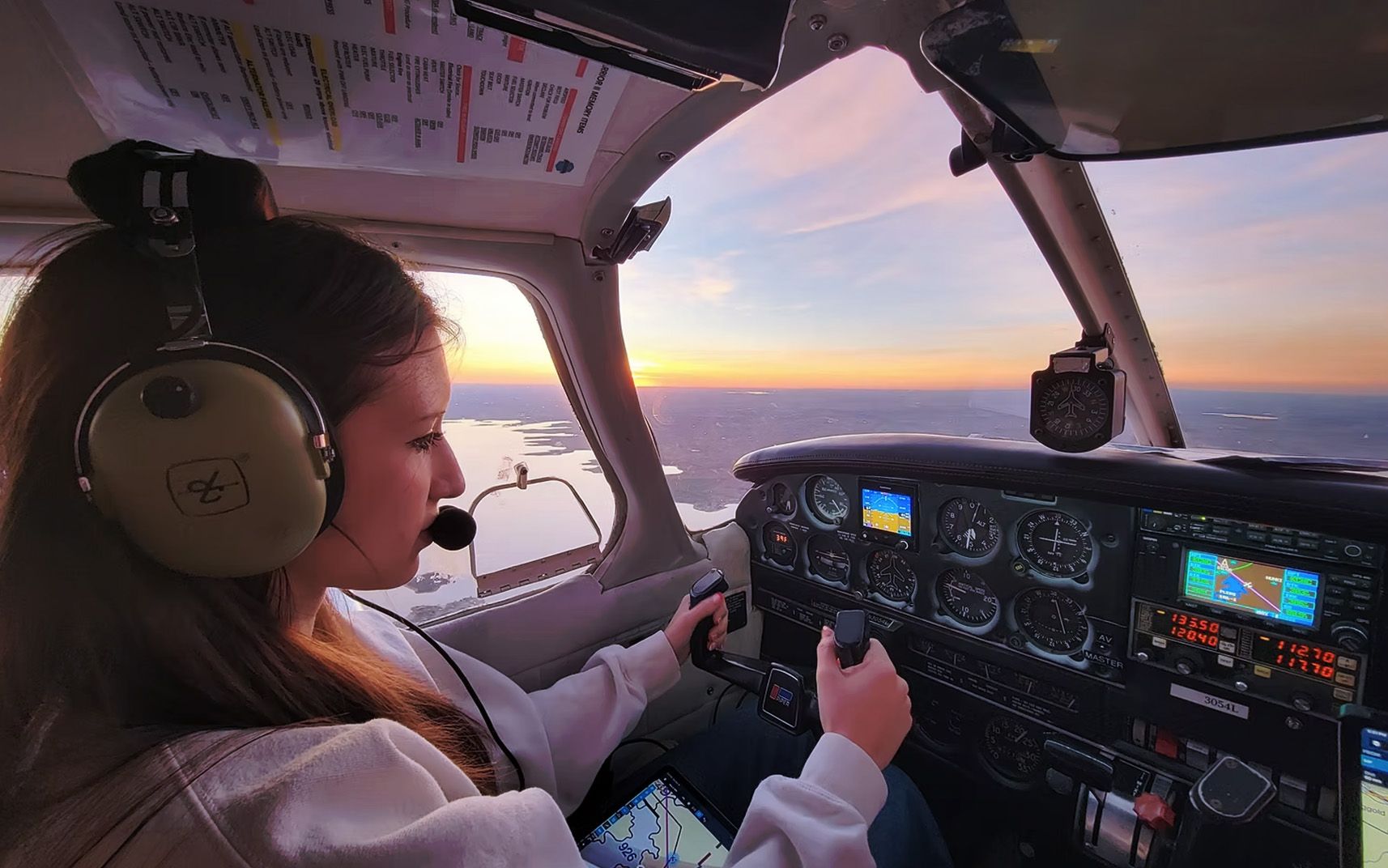Commercial Pilot ACS Updates - 2025
Share this article
Commercial Pilot ACS Updates - 2025
Big changes are here for future commercial pilots. In 2025, the Federal Aviation Administration (FAA) introduced a major update to the Commercial Pilot Airman Certification Standards (ACS). If you are training or preparing for your checkride, these updates are critical to understand.
What Changed in the 2025 Commercial Pilot ACS?
The FAA released the newest version, FAA-S-ACS-7B, effective May 31, 2024. This version replaces the older FAA-S-ACS-7A. The biggest shift? The ACS is now officially part of the Federal Aviation Regulations (FAR) through a process called Incorporation by Reference (IBR). This means the ACS holds the same legal weight as the regulations themselves.
Why the Change Matters
The ACS was created to help pilots connect ground school concepts with real-world flying. The 2025 update removes confusion about what is required to pass the checkride. The ACS spells out exactly what pilots must know, consider, and demonstrate in the cockpit.
Before this update, the ACS acted more like a guide. Now, it carries the force of law. This change boosts clarity for both students and instructors. There is no room for guessing what examiners expect.
Key Updates to Know
- Legal Status: The ACS is now legally binding. Checkride tasks, risk management, and knowledge standards must be followed.
- Clearer Risk Management: Risk management elements are now emphasized within every task. Pilots are assessed on how they identify, evaluate, and mitigate risks alongside their flying skills.
- Refined Task Elements: Each task now includes expanded guidance for knowledge, risk management, and skill elements. You will know exactly what is expected.
- Updated Knowledge Areas: The written exam and oral portion now align precisely with the ACS. You can expect greater consistency in testing.
- New Companion Guide: The FAA released the Airman Certification Standards Companion Guide for Pilots. This guide breaks down complex standards into straightforward explanations designed to help students, instructors, and examiners.
How This Impacts Your Training
Flight schools are adapting their training to align directly with the ACS requirements. This creates a more efficient and focused path to certification. You will train for the exact tasks evaluated on your checkride, removing unnecessary guesswork.
Flight lessons will now focus heavily on risk management, decision-making, and scenario-based training. Memorizing procedures is not enough. You must demonstrate how to apply those procedures in various real-world scenarios.
Instructors will use the Companion Guide as part of their teaching toolkit. This guide provides clarity on expectations and removes any gray areas in how tasks are evaluated.
What Pilots Should Focus On
- Risk Management: This is a core part of your evaluation. Your ability to recognize risks, make sound decisions, and manage those risks safely is weighted equally with your flying ability.
- Knowledge Integration: The FAA is looking for pilots who can apply knowledge, not just recite it. Expect scenarios where you must demonstrate how regulations, weather, performance, and airspace knowledge influence your decisions.
- Task Mastery: Each maneuver and procedure must meet the standards outlined in the ACS. Precision, consistency, and understanding are key.
- Stay Updated: The FAA's Companion Guide is a valuable resource. Use it to navigate the updated ACS with confidence.
- Scenario-Based Training: Expect more emphasis on how you react to changing conditions, emergencies, and operational challenges. This is not just about flying the airplane. It is about managing the entire flight.
The Bigger Picture for Aspiring Pilots
These changes are not here to make the process harder. They are designed to create safer, more capable pilots who can adapt to real-world challenges. With the ACS now fully embedded in the FAR, the path to becoming a commercial pilot is more transparent and structured.
For those pursuing a commercial pilot certificate, this is good news. There is less ambiguity about what is expected. The process rewards preparation, decision-making, and practical knowledge.
At Nationwide Aviation, your training reflects these updates. Our commercial pilot program is built to help you master the skills, risk management, and decision-making required to succeed in today’s aviation industry.
Ready to Launch Your Career?
The 2025 ACS update signals a new era for pilot training. If you are ready to elevate your aviation career, Nationwide Aviation stands ready to support your journey.
Contact us today to learn how our commercial pilot training program prepares you to succeed both in the air and during your checkride, while meeting the FAA's latest standards.
Sources:
Recent Posts









